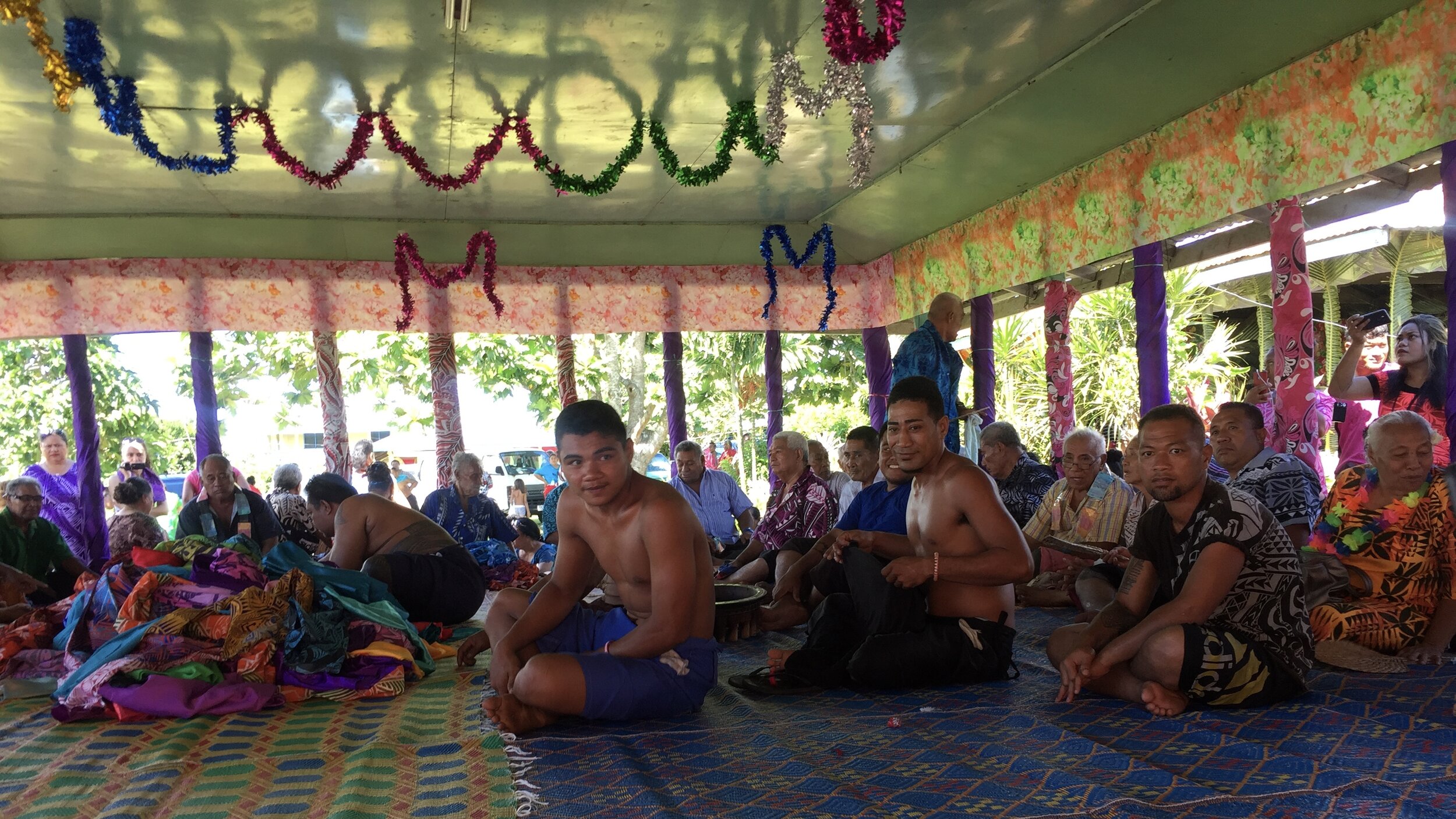
Our Community
In Diaspora
Whether it’s exploring the ocean as master navigators or leaving our homes in the pursuit of opportunity, Pacific Islander communities have been making voyages across the seas since time immemorial. As a result, generations of our people have been living in diaspora, with many of us having yet to even set foot on our indigenous lands - rather, we find ourselves as guests.
As a Pro-Indigenous organization, it is always important for EPIC to honor the original stewards of the land we are situated on. We are based on Tongva territory and we name them with the clear and unequivocal understanding that they are who we strive to give this land back to. To find out who the custodians of the land are in any location in the US (and several other parts of the world) please visit native-land.ca

How Are We Being Counted?
In 2010, the US Census Bureau collected and reported on nearly 20 different Native Hawaiian Pacific Islander communities, each with their own language, culture, and traditions. In 1997, the Office of Management and Budget mandated the use of a separate data collection category for Native Hawaiians and other Pacific Islanders.
A Map of Colonial Impact
EPIC believes race is a social construct and that Native Hawaiian or Other Pacific Islander as a racial category is deeply shaped by militarization and colonization. Formal and informal relationships between the U.S. and our ancestral lands give rise to a complex web of statuses that dictate the ability of Native Hawaiians and Pacific Islanders to access vital services and resources.
U.S. Citizens
Guam, Northern Mariana Islands, and Hawai’i
Live and work in the U.S. legally
Qualify for public benefits
Vote in local and federal elections (with limitations in Congressional votes)
Eligible to serve in U.S. military
Compact of Free Association Migrants / Freely Associated States Citizens
Federated States of Micronesia (Yap, Chuuk, Pohnpei and Kosrae), Republic of the Marshall Islands, and Republic of Palau
Live and work in the U.S. legally
Labeled “non immigrants” but are not considered U.S. Citizens or Nationals
Not eligible for most federal benefits, some U.S. states may provide limited benefits
Eligible to serve in U.S. military
U.S. Nationals
American Samoa
Live and work in the U.S. legally
Must obtain citizenship to obtain full benefits
Qualify for most federal benefits, some state or local benefits
Cannot vote when living in states
Eligible to serve in U.S. military
Immigrants from Islands without U.S. Association
Papua New Guinea, Solomon Islands, Nauru, Vanuatu, New Caledonia, Aoteroa, Tuvalu, Fiji, Tokelau, Samoa, Tonga, Nuie, Kiribati, Cook Islands
Not U.S. Citizens or Nationals
Must apply for legal permanent resident status to work and live in the U.S. legally
Must wait 5 years to apply for public benefits
Cannot vote or serve in U.S. military
We are in every state in the U.S.
Many Pacific Islanders moved to the U.S. after serving in the armed forces, often in search of educational opportunities for our youth and better economic prospects. Native Hawaiians established a presence on the west coast throughout the 1800s, often disembarking from merchant ships.
While Hawai’i is home to the largest number of Native Hawaiians and Pacific Islanders, seven out of ten NHPI in the U.S. reside in the continental U.S. as of 2010. Below is a list of the top 10 states with the largest Native Hawaiian and Pacific Islander Populations as of 2017.
Arizona 34,909
California 361,000
Florida 55,080
Hawai’i 382,080
Nevada 44,475
New York 52,500
Oregon 34,000
Texas 73,000
Utah 48,370
Washington 94,000
Resources
In 2014, EPIC released a set of demographic profiles entitled Community of Contrasts, in partnership with Asian Americans Advancing Justice- Los Angeles, that illustrated the state of the NHPI community in key issue areas using 2010 Census Data as well as data from the American Community Survey. To access the profiles:
The Maps of Colonial Impact shown above were commissioned by EPIC and crafted by our inhouse team. If you or your organization would like to use these maps for educational purposes, you may download high-resolution PNGs linked below.
In exchange, you are required to copy the attribution text below and include it in a bibliography; image caption; on a physical item or tag.
Attribution: Map of Colonial Impact by Pou Dimitrijevich from Empowering Pacific Islander Communities

